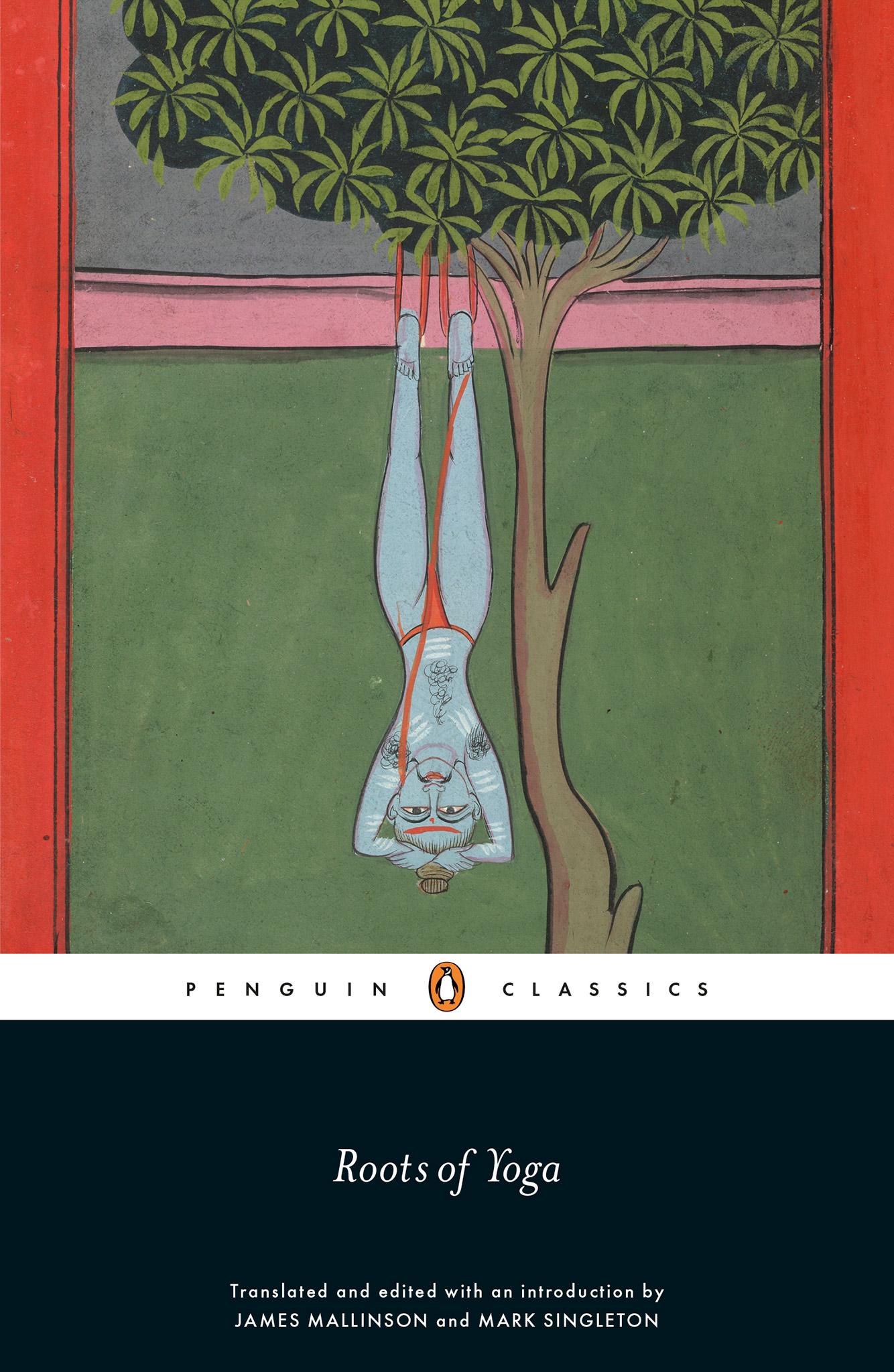The truth about whether fads like goat and beer yoga are as daft as they sound
Dr Mallinson, an academic who studies the ancient texts of yoga, sets the record straight on the bizarre modern variations of the 5,000-year-old practice

Your support helps us to tell the story
From reproductive rights to climate change to Big Tech, The Independent is on the ground when the story is developing. Whether it's investigating the financials of Elon Musk's pro-Trump PAC or producing our latest documentary, 'The A Word', which shines a light on the American women fighting for reproductive rights, we know how important it is to parse out the facts from the messaging.
At such a critical moment in US history, we need reporters on the ground. Your donation allows us to keep sending journalists to speak to both sides of the story.
The Independent is trusted by Americans across the entire political spectrum. And unlike many other quality news outlets, we choose not to lock Americans out of our reporting and analysis with paywalls. We believe quality journalism should be available to everyone, paid for by those who can afford it.
Your support makes all the difference.Naked yoga. Yoga with goats and dogs. Yoga with beer. Yoga in a room so hot that parts of you that you didn’t know existed are sweating. Before you feel like you have seen every variation on this ancient practice, another bizarre combination surfaces.
Yoga originated in North India some 5,000 years ago. So one might be excused for wondering how introducing a dog or a goat of a can of lager into the fold is necessary. Some would even argue that, particularly among Western teachers, turning yoga into a commercialised fad is culturally offensive.
But while yoga seems like a relatively simple practice, focused around breathing exercises and sturdily holding postures, it’s has a highly complex and varied history, explains Dr James Mallinson, a senior lecturer in Sanskrit and Classical Indian Civilisation at SOAS University of London, who recently co-write a book on the topic entitled Roots of Yoga.
As yoga is used by a range of cultures and religions, from Hindus to Buddhists and Jainists, there is no one “correct” or “pure” form of the exercise, he says. Although he is sceptical about modern updates.
What often gets lost is that the exercise was used as a means to an end. The moves prepare the body for being still and meditating for long periods of time. The ultimate goal is reaching enlightenment and nirvana. Some highly spiritual traditions of yoga claim that, along the way, a person can gain magical powers such as flying, shrinking and growing into a giant.
Other forms of yoga don’t involve any postures at all.

“The foundational texts of yoga, the yoga sutras, only mention seated postures for meditation. And even texts that list lots of postures find the one that works best are ones you must hold for hours on end so you can still your mind. It’s not really about the body but about the mind," explains Dr Mallinson.
"It’s such a big multifarious tradition you can find precedence for almost anything," he adds.
Ritualistic traditions of the 6th century did include alcohol, to enable the most advanced and devoted yogis to become “possessed” by a super-powerful goddess. “You should watch out. With beer yoga, you might get more than you bargained for,” jokes Dr Mallinson.
However, most mainstream traditional Indian yoga prohibits alcohol, he adds, and combining the two could be viewed as offensive.
As for the involvement of four-legged friends, Dr Mallinson points to how master yogis were believed to have power over animals, and were depicted in the jungle peacefully beside lions and tigers. “But that’s not because animals make you feel good or because they are fluffy,” he adds sarcastically.
“There are other more esoteric physical techniques about stilling the breath and vital fluids of the body. For example khecari mudra involves putting your tongue above your palate and to taste the nectar of your immortality.”
The most notable way that modern yoga has branched from its ancient roots is the focus on sculpting and preen the body.
“It’s not all about postures that are difficult and bendy,” he stresses.
Asked whether yoga has been commercialised beyond all recognition, Dr Mallinson says he is open-minded to how people want to follow the tradition. But he adds he purposefully distances himself from new-fangled classes. He predicts teachers in the future will go back to basics.
“I think over the last 20 years yoga has mushroomed and people are becoming more self aware, particularly in America where it is growing faster. One valid criticism is that it’s currently rather selfish and narcissistic so people are adding a socially compassionate dimension and trying to combine it with social work. That would be a nice development: it’s not all about you, but trying to use a practice to develop compassion rather than make yourself beautiful.
“I’m wary of condemning things that make people relaxed, happy and peaceful. Yoga has acquired its own globalised momentum and nothing can be done to put that genie back in the bottle."
Join our commenting forum
Join thought-provoking conversations, follow other Independent readers and see their replies
Comments